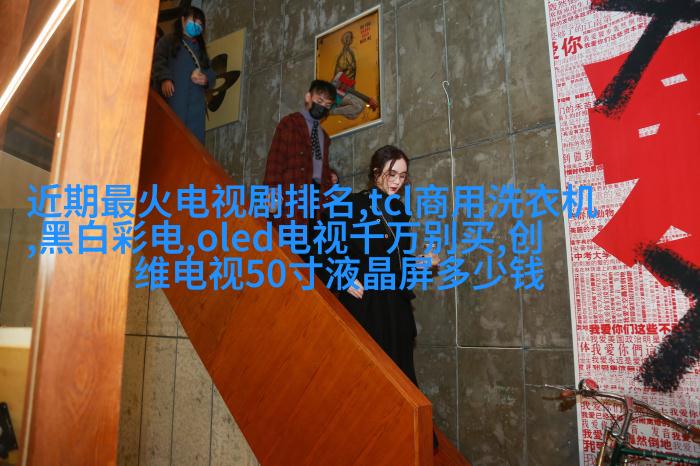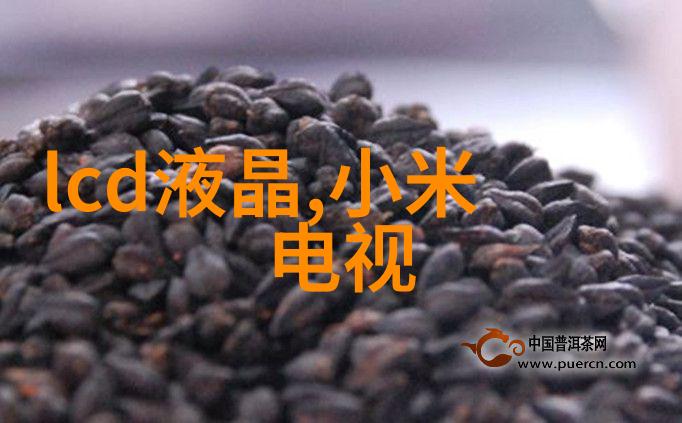热浸塑钢管图片我来看看这套钢铁之光的工艺流程吧
在工业制造中,热浸塑钢管是一种常见的加工工艺,它可以将各种塑料材料融化后,以一定的压力和温度,将其注射到已经冷却固化的钢管内部。这种方法不仅能够提高钢管的耐腐蚀性,还能增强其抗拉伸性能。

想要了解这套高科技工艺是如何运作的,我们可以通过一些热浸塑钢管图片来欣赏这个过程。在这些照片中,你可能会看到一条条长长的钢管排列在工作台上,一旁站着的是负责操作的人员,他们手中的工具看起来都非常专业。
首先,操作人员会选择合适的塑料材料,这些材料通常需要具备良好的化学稳定性和物理性能,以确保在高温下的稳定性。然后,他们会将这些材料放入熔炉中进行预热,使其达到所需温度,这个过程往往需要精确控制,因为过高或过低的温度都会影响最终产品质量。

一旦材料达到最佳状态,操作人员就会开始注射过程。他/她将熔融后的塑料从熔炉里取出,然后用特定的泵或者枪头将它输送到预先准备好的钢管内部。这一步骤要求操作者有很强的手眼协调能力,以及对流体动力学有一定的理解,因为正确地控制塑料流动是保证产品质量的一大关键。
完成注射后,Steel pipe with plastic coating, often used in chemical and petrochemical industries, as well as for piping systems in water treatment plants. The plastic coating helps to protect the steel from corrosion and damage.

[Image description: A picture of a steel pipe being coated with a layer of plastic. The pipe is placed on a workbench, and an operator is holding a gun-like tool that appears to be injecting the plastic into the pipe.]
After the injection process is complete, the coated pipes are then cooled down to allow the plastic to harden. This step is crucial because it determines how well the coating will adhere to the steel surface.

Once hardened, these pipes are ready for use in various industrial applications such as chemical processing plants or water treatment facilities. They provide an additional layer of protection against corrosion and wear-and-tear compared to uncoated steel pipes.
By taking a closer look at these hot-dip galvanized images, we can gain more insights into this fascinating manufacturing process that combines both metallurgy and plastics engineering principles. It's not just about creating something new; it's also about enhancing existing materials through innovative techniques like hot dip galvanizing!




